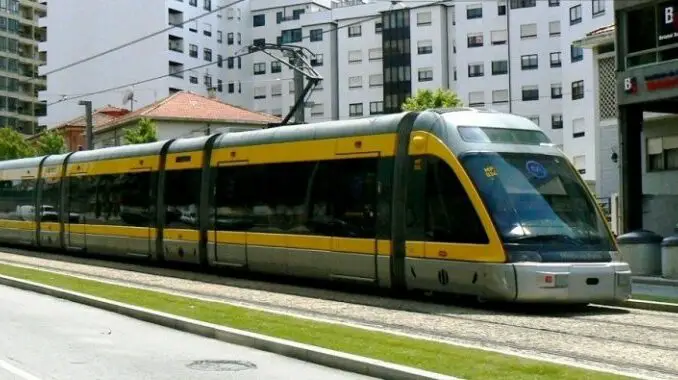The construction of the Luanda surface metro is part of the Angolan government’s plan to connect the Benguela and Luanda railway systems. The project is intended to improve mobility in the country’s eastern part.
The Angolan Secretary of State for Land Transport stated that they were talking about the first step of the connection between the three railways. This is just as they had intended to build the linkage of the CFL (Luanda Railways) from Malanje to Saurimo and to Luena. This materializes the interconnection of the CFL and CFB (Benguela Railways) linking lines.
Jorge Bengue also confirmed that efforts are being made to create the conditions for the construction of the Luanda surface metro. He mentioned this in his speech at the opening of the first cycle of railway technical conferences in Angola.
The need to construct the Luanda surface metro
He stated that the urgent need to improve the offer of the mobility service in the city of Luanda is the reason for the surface metro construction work.
Also Read: Modernization of Namibe and Sacomar Ports in Angola to start in 2022
Additionally, the governor also announced the latest acquisition of 10 automotive. The ten automotives would be used for both urban and suburban passenger transportation services. He noted that seven of them are already in circulation in Luanda. Also, he claimed that the remaining three will soon begin operating in the province of Benguela.
He noted that they anticipate the acquisition of more units for the cities of Lubango and Namibe. They will come along with reinforcements for the two cities. This is because they aim to provide effective and proportional responses to the size of the urban mobility needs in the major cities of Angola.
Soon, Angola’s railroads will mark 134 years of operation. Bengue recalled that the country’s railroad network comprises three companies. These companies include CFB, CFL, and Caminhos de Ferro de Moçâmedes (CFM). The railway lines span a distance of roughly 2,730 kilometers.
Some of the topics being addressed at the meeting include the railway system and its effects on mobility. The meeting will address CFL’s railway infrastructure in the Zenza-Cacuso section and its limitations. It will also look at the significance of the signaling as well as communications systems in commercial railway operations.

